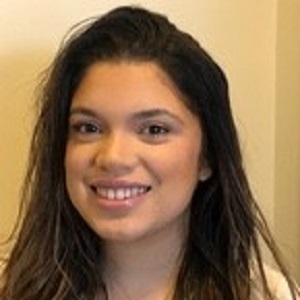The Air Force Research Laboratory (AFRL) has awarded the University of Dayton (UD) an $88 million contract for research and development to advance, evaluate and mature Air Force autonomous capabilities.
The five-year agreement – dubbed the “Soaring Otter” program – between the UD Research Institute (RI) and AFRL will support the Air Force in its quest to increase capabilities in autonomy by maturing autonomy technologies such as machine learning, artificial intelligence, neural networks, neuromorphic computing, and data exploitation.
According to Patrick Hytla, senior image processing engineer in UDRI’s applied sensing division, these technologies will allow autonomous systems to gather and process information to understand the images or data collected.
It will also allow users to leverage the information to solve problems or execute actions to achieve specified goals. Air Force applications for autonomous systems include intelligence, surveillance, reconnaissance, cybersecurity, and command and control systems.
“Our expertise includes machine learning, neuromorphic computing, positioning, navigation and timing, open system architectures, automated decision making, and flight test planning, execution, and analysis,” Hytla said in a press release.
“The Air Force is increasingly employing the science of autonomy to solve complex problems related to global situational awareness, resilient information sharing, and rapid decision making, and UDRI researchers have developed specialized expertise directly related to these areas and the Soaring Otter program,” Hytla said.
The program includes seven focus areas:
- Autonomy development and testing;
- Evaluation of autonomy capabilities;
- Novel computing approaches;
- New application spaces;
- Open system architectures for autonomy;
- Autonomy technology integration and testing; and
- Maturing system support.
